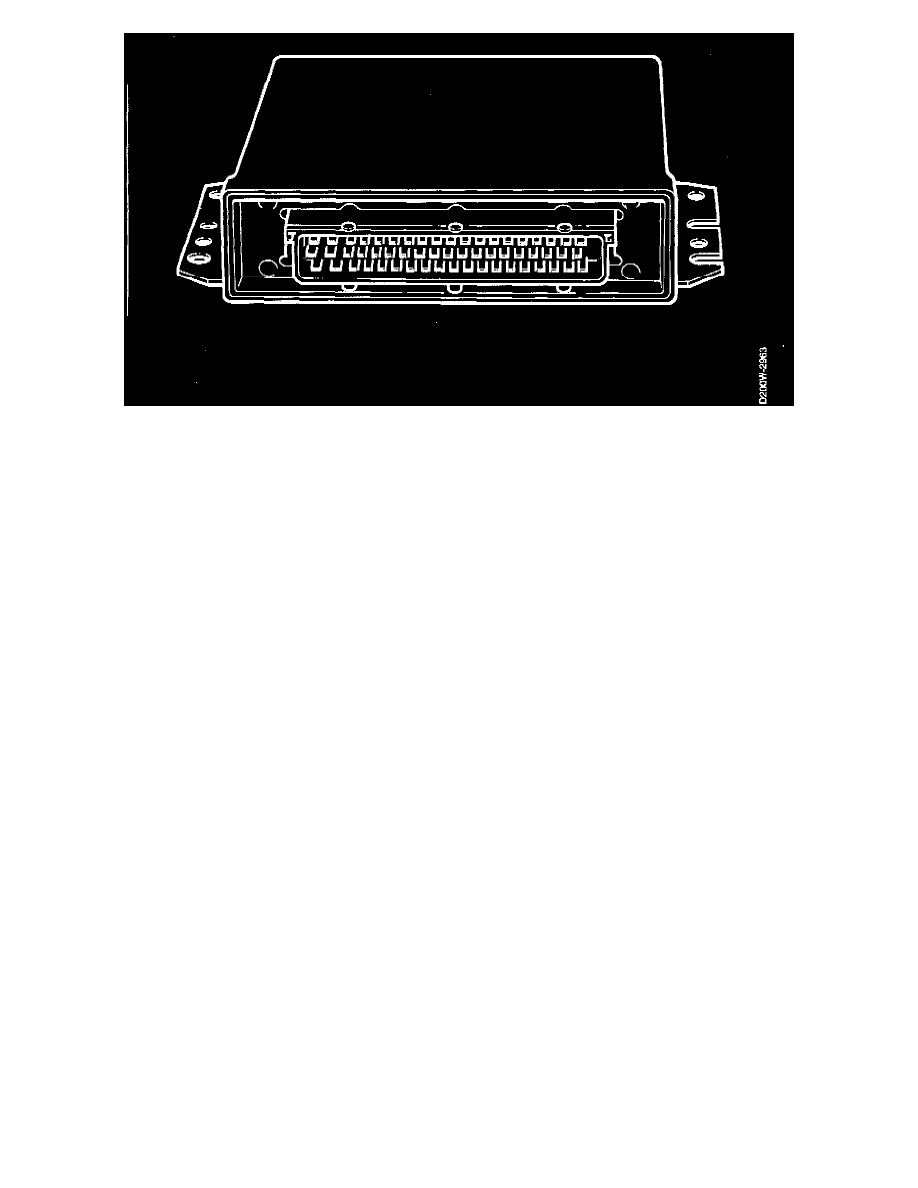9000 Aero L4-2290cc 2.3L DOHC Turbo EFI HO (1997)

The engine control module is continuously supplied with power (+30 circuit) and loses adapted values and diagnostic trouble codes stored in its memory
if this power circuit fails.
The ECM is adjusted for a voltage between 8 and 16 V during driving.
Switching on the ignition activates the engine control module and causes the CHECK ENGINE lamp (MIL) to light up and stay on as an indication that
all systems are OK. The engine control module then waits for pulses from the crankshaft position sensor.
The main measured quantity for fuel injection comes from the manifold absolute pressure sensor.
There are substitute functions for all sensors apart from the crankshaft position sensor.
When the ignition is switched off, all the sensors supplied with 5 V are activated for 15 minutes. During this time, diagnostics with an ISAT scan tool
can also be performed. After 15 minutes only the memory, in which adapted values are stored, remains activated. Adaptation is important for
performance, driveability, fuel consumption and emission control. The control module should therefore not be removed unnecessarily or have its power
supply disconnected in any other way.
IMPORTANT: There is a specific control module for each engine version. Fitting the wrong control module will result in driveability problems or
damage to the power train.
